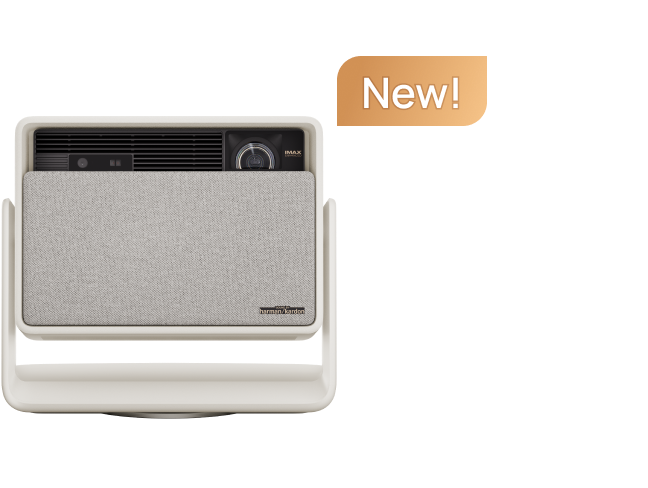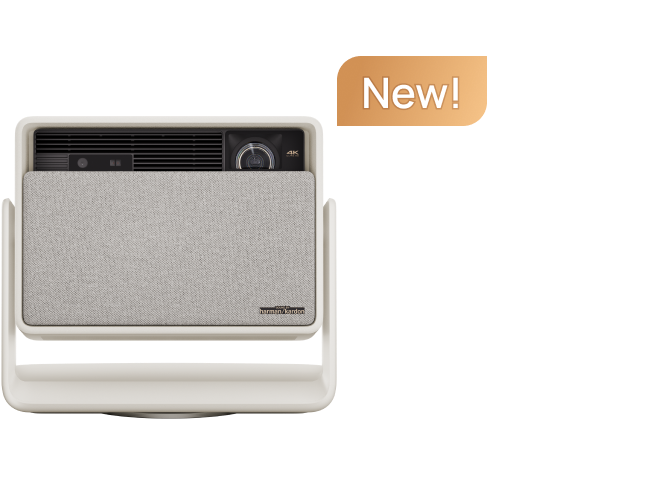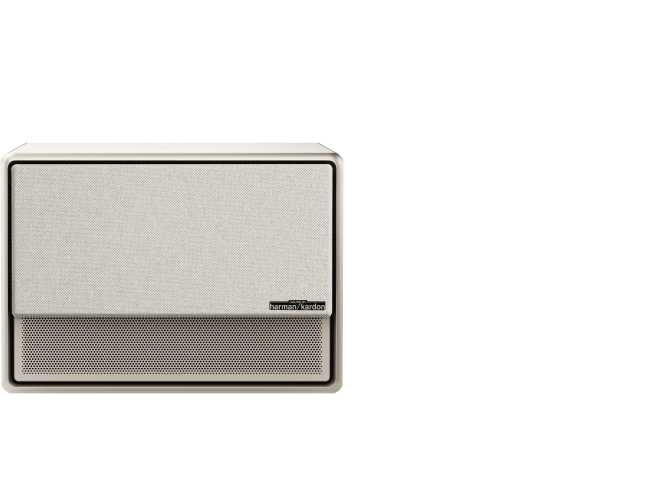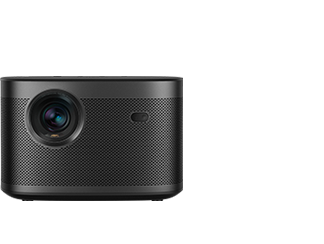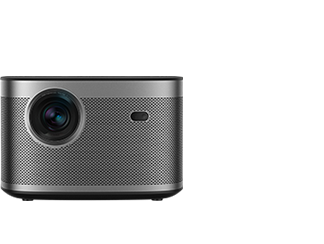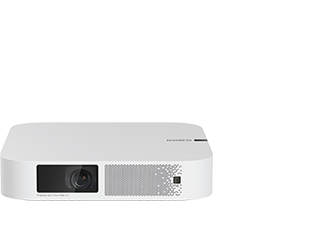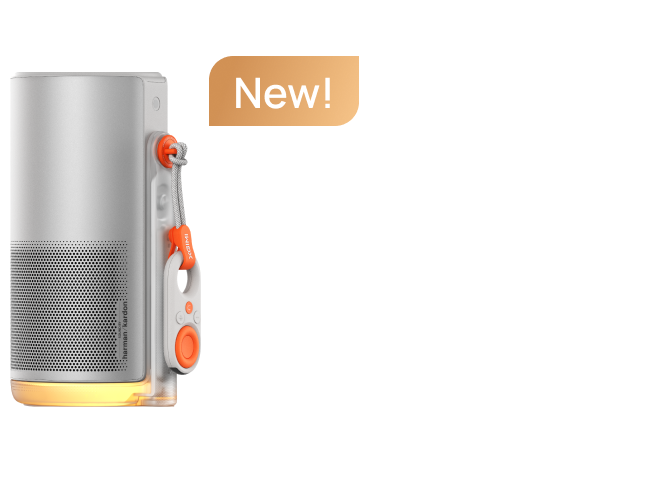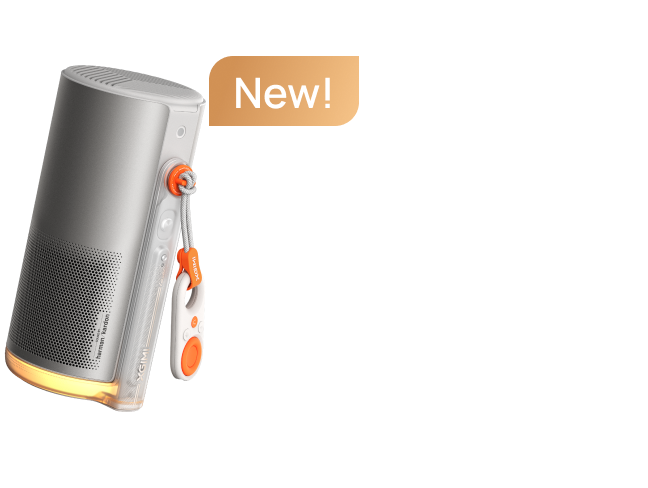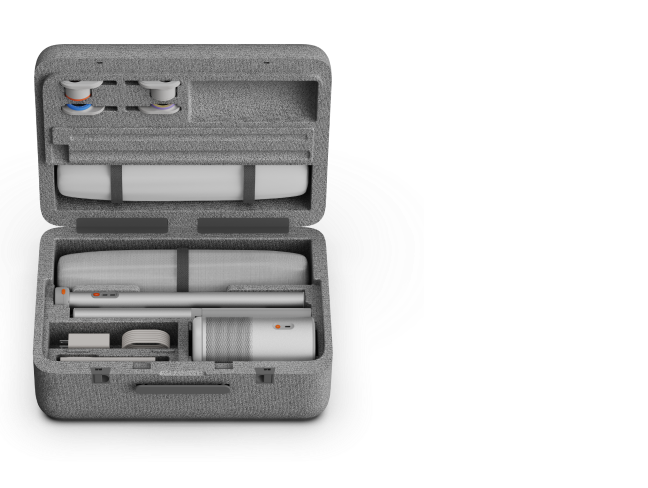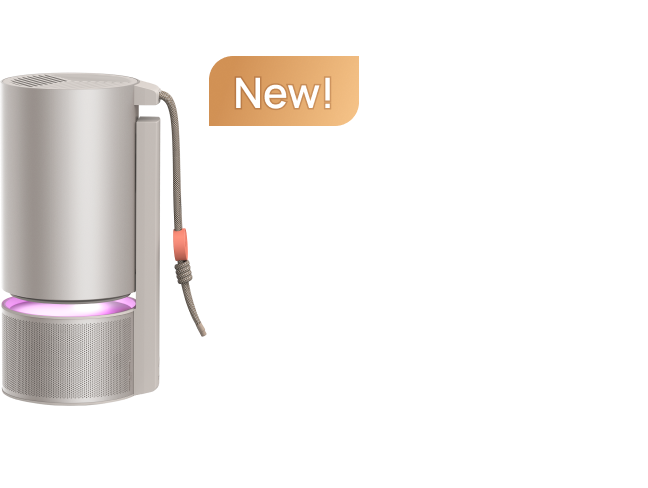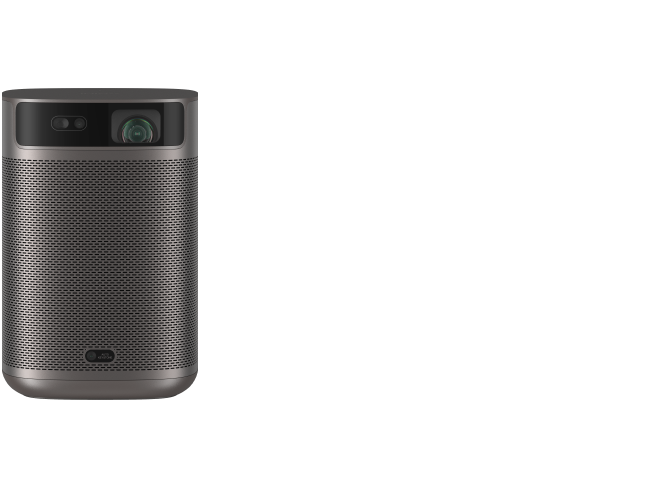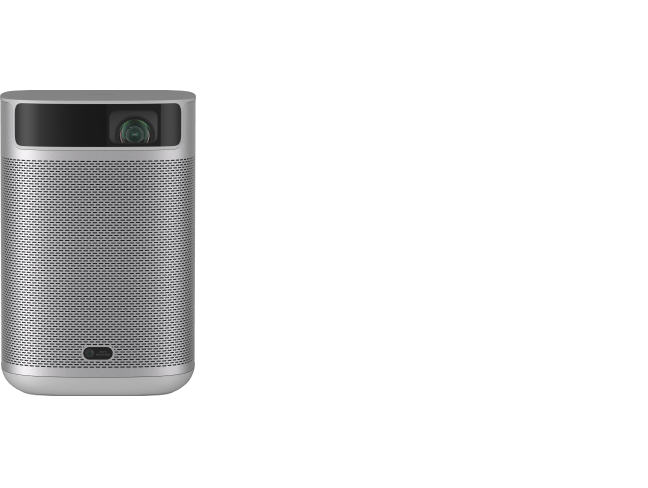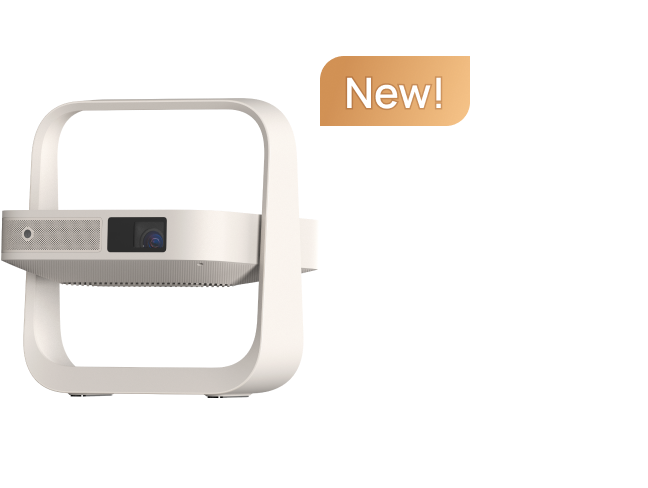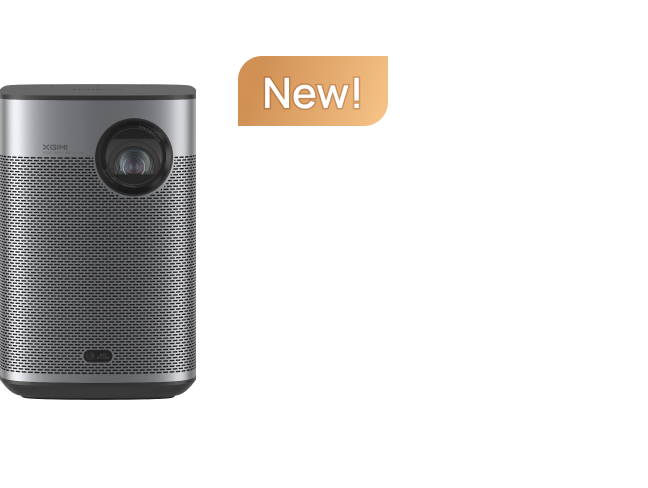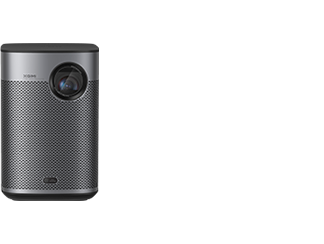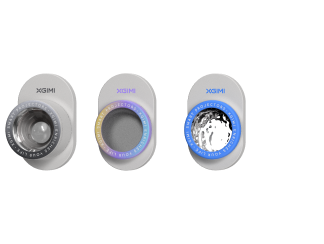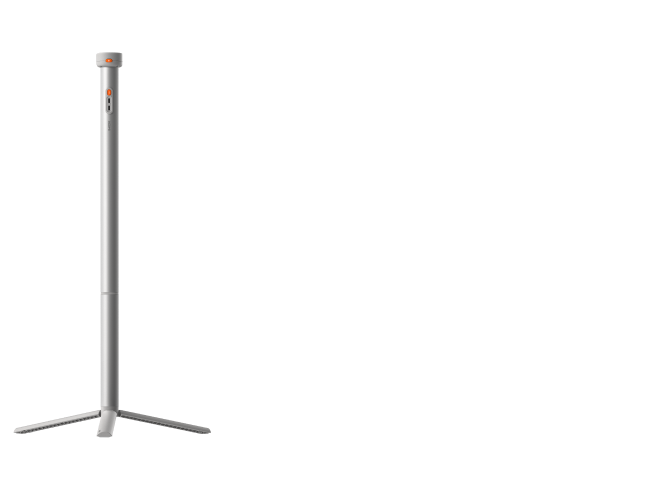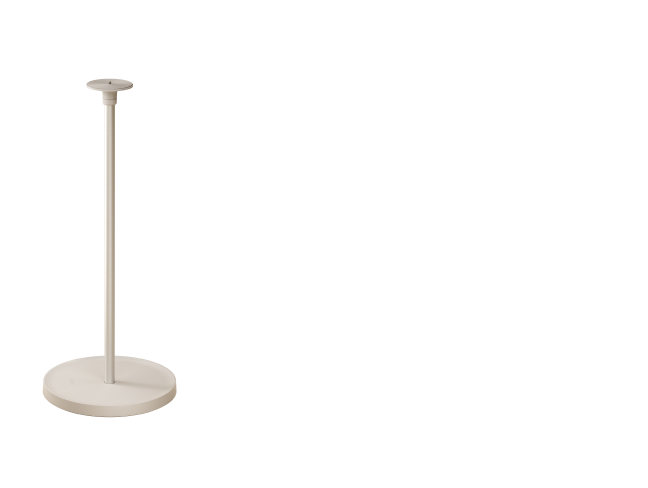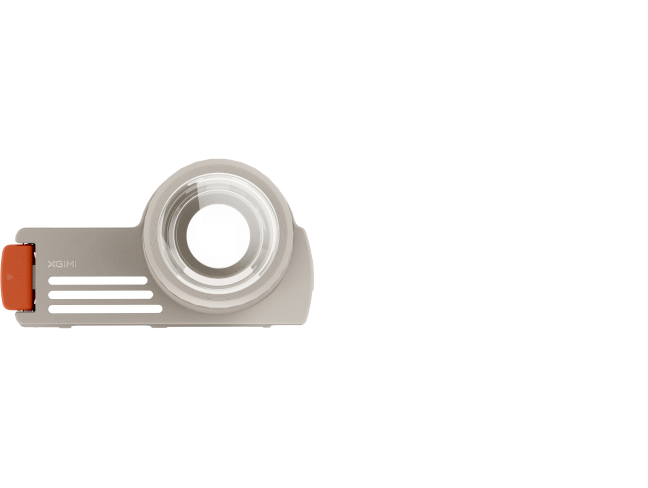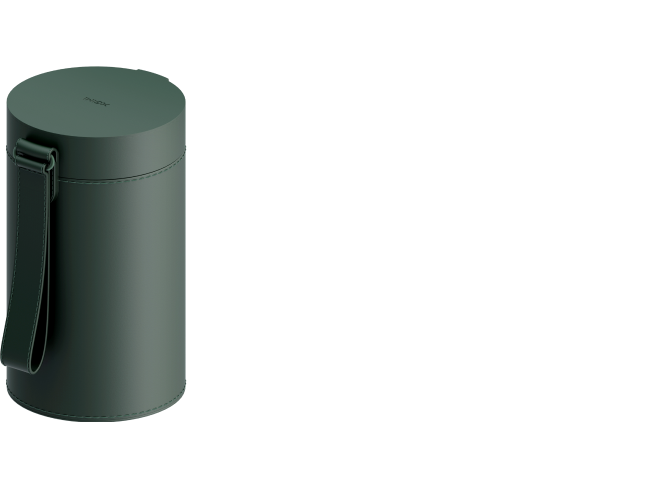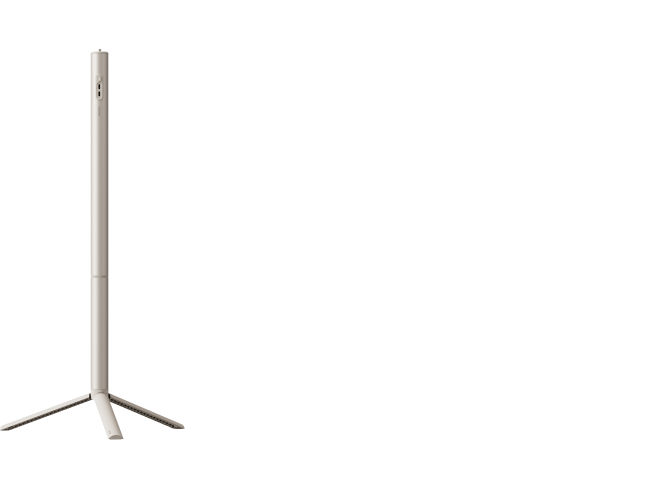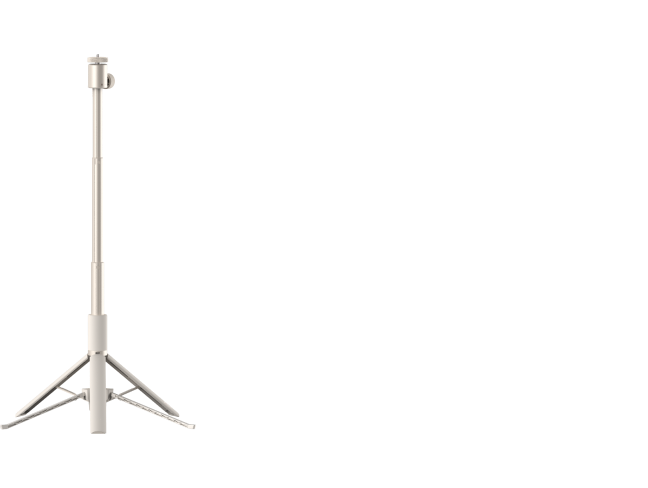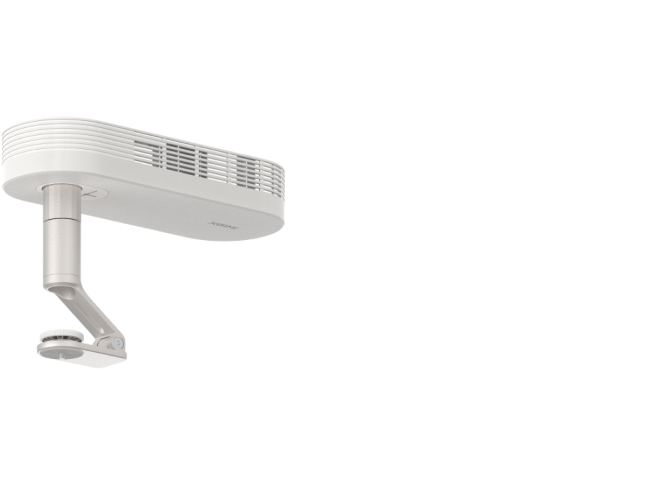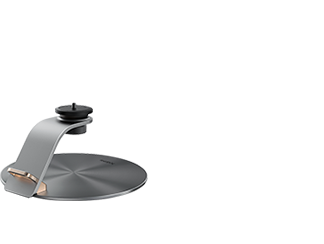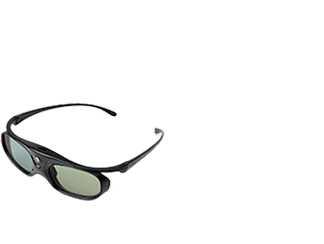XGIMI Revolutionizes Projectors with Groundbreaking Dual Light Technology
By XGIMI Tech - 2023-05
Brightness concerns
Many users have expressed their opinions on the issue of projection brightness. Just to name a few:
• “How high is enough brightness?”
• “Too dazzling at night and can't see clearly during the day?”
• “Will it not be bright enough to be used as a TV in the living room?”
• “I just put it in my bedroom to watch at night, what brightness is most suitable?”
A series of user concerns made us aware again:
"Brightness concerns" is still the most critical projection purchase threshold for many.
For a long time, there have been different opinions about brightness. Many people say that the higher the brightness of the projection, the better; some people will say that they watch movies/TV shows at night, and the brightness is too high, which is too dazzling and uncomfortable.
XGIMI has always been very firm: Comfortable look and feel and accurate color are the cornerstones of improving the brightness of home projection.
Solution 1: Monochrome laser
How to achieve a breakthrough in brightness under the premise of ensuring comfortable viewing experience and accurate color has become the biggest challenge we have been exploring for several years. Over the past 5 years, the XGIMI optical design team has explored various display technologies, trying to find a solution.
The first thing that we thought about is of course the laser. As early as 2018, we were determined to introduce laser light sources into the intelligent projection system and made a prototype.
Of course, the easiest to implement is the monochrome laser.
The advantages and disadvantages of monochrome laser products are in addition to being able to bring relatively higher brightness, it has extremely poor performance in color and picture quality. This product cannot really meet the needs of a family watching together, because color is a cornerstone of brightness.

Solution 2: Three-color laser
Secondly, as a widely recognized and breakthrough light source technology, three-color laser has naturally become our second verification target.
However, when we made the prototype, we soon discovered an unprecedented problem.
1) Speckle problem
It created a frosted and grainy image , just like a layer of veil is covered in front of the eyes. It felt like the picture was not clear enough, and some people would even feel that there was a foreign object in front of their eyes, which is very uncomfortable. The most important thing is that once this occurs , it is difficult to ignore , and it will be magnified every time a user watches the screen, which is very bad.
2) Color fringing problem
Then there was another serious problem. The three-color laser caused an extremely serious color fringing problem. At the edge of the image where the light and dark changes, there is a fault phenomenon similar to color classification.
The color fringing of this kind of color separation will make the text and graphics extremely dazzling and blurred, and it will cause dizziness and eye fatigue when watching for a long time.
For people who wear glasses, due to the refraction of the lens, this phenomenon will be further amplified, leading to more obvious discomfort.

Although we were aware of the speckle and color fringing issues since the beginning of research and development, we did not expect them to be so serious and troublesome.
Due to the physical characteristics of the three-color laser, these problems can only be suppressed to varying degrees, and cannot be completely solved.

Why is that the case? What causes such difficulties to resolve speckle and severe color fringing?
We invited many optics and color experts to study this issue from the ground up.
The most essential reason is that the three-color laser provides an "unnatural spectrum" with an extremely narrow band, and this narrow band leads to stronger coherence and separation, resulting in speckle and severe color fringing.
The natural spectrum is the same light band as sunlight . It is like a rainbow with a continuous and smooth transition without faults.
This continuous natural spectrum is the true display state of all objects in nature, which is more in line with the perception characteristics of the human eye, less prone to fatigue, and feels more real. The natural spectrum is also widely used in the field of indoor lighting and is considered to be the best lighting solution.

Whereas, the spectrum of the three-color laser displays three independent high-frequency columns of RGB, because the wavelength band of the laser is very narrow and concentrated, so the three-color laser cannot achieve the continuous and uninterrupted natural spectrum. This broken "unnatural spectrum" causes speckle and serious color fringing problems. It brings a very uncomfortable look and feel, and there is no way to accurately restore the picture of the real world. Due to the physical characteristics of the light source of the three-color laser, the speckle and severe color fringing cannot be resolved. After improvement, it will still affect the user's viewing comfort. In the end we gave up the three-color laser scheme.
Solution 3: Full-color LED
We once again came up with the full-color LED solution that XGIMI has always insisted on.
It can be said that full-color LED is a veritable all-rounder, because the continuous spectrum can ensure viewing comfort, and it can also bring better color performance than monochromatic lasers. However, the brightness is relatively moderate, and the cost is relatively reasonable.
Full-color LED is still an excellent light source display technology, but since the luminous efficiency of LED has encountered a bottleneck in improving in recent years, it means that it is difficult to achieve a breakthrough in brightness.
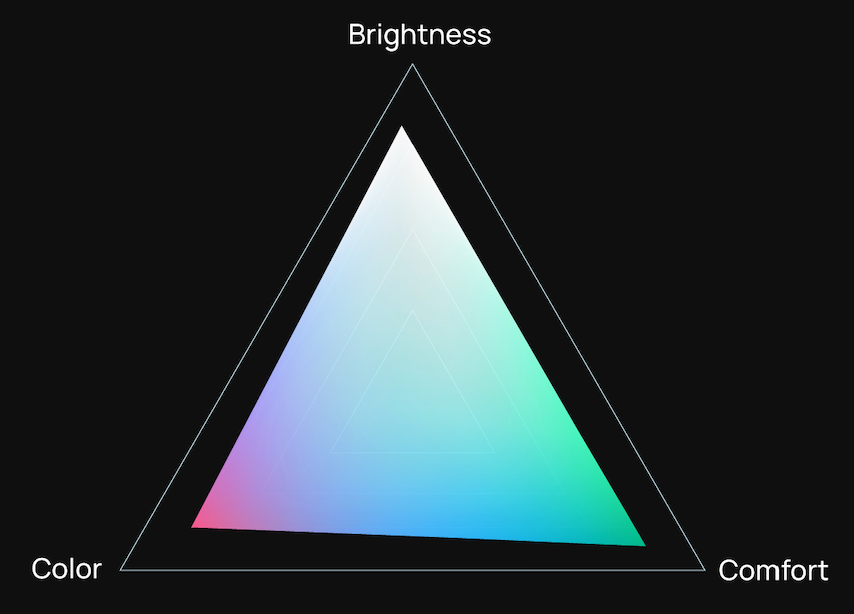
So, we're at an impasse again.
- Monochrome laser with extremely high brightness and poor color.
- Three-color laser, unnatural spectrum, extremely uncomfortable look and feel.
- Full-color LED, both comfort and color, but the brightness is unsustainable.
Is there really no display solution that can not only guarantee a comfortable look and feel, but also achieve ultra-high brightness and super-color?
Solution 4: XGIMI Dual Light technology
Finally, we found it.
XGIMI has created a new projection light source display solution, which brings comfortable natural spectrum, ultra-high brightness, ultra-high color gamut, and ultra-high color accuracy: XGIMI Dual Light Technology.
Combining two completely different light sources:
- LED light source, both comfortable and colorful, but the brightness is unsustainable.
- Laser light source, high brightness and good color, but the wavelength band is too narrow and causes discomfort.
If you combine the two into one, each takes its own strengths:
- Use laser to make up for the shortcomings of LED, bringing ultra-high color gamut and ultra-high brightness;
- Use LED to make up for the short board of laser, so that the natural spectrum can be seen for a long time without getting tired.
It has all the advantages of laser and LED, and avoids all the disadvantages of laser and LED . This is a nearly perfect new display technology. It brings both color, brightness and comfort and a breakthrough improvement.
You might think that this solution looks very simple.
We also thought, so when we put forward the idea, but the difficulty of the fact once again exceeded our estimation.
1) The first problem we faced was how to perfectly fit the two light sources that are incompatible with each other.
Because LED is a surface light source, the wavelength band is ultra-wide. As a point light source, a laser has an extremely narrow wavelength band.
Combining the two, what is likely to happen is that the wavelengths of the two superimpose and cancel each other out. Not only is the brightness lost, but also the color is lost. This is a situation of 1+1<1.
In order to solve this problem, our optical team, thinking from the bottom up, developed a unique full-color LED lamp bead to match the special wavelength band of the laser.
We limited the wavelength of the LED lamp beads, and strictly controlled the bin level ratio of the lamp beads to ensure that each LED can be accurately and controllable. For this reason, the cost of lamp beads has been greatly increased, and the production yield rate was less than 60% in the initial stage.
In addition, we have also developed a unique special wavelength laser to make up for the vacancy of the LED wavelength band.
2) Secondly, how to be compatible with two light sources with completely different energy densities in the optical-mechanical system.
We know that the laser is a high-energy beam that can be used for cutting, bringing extremely strong heat and penetrating effects. However, the LED light-emitting surface is very wide, how to effectively ensure the light-gathering and penetration efficiency, and how to make these two kinds of light sources converge perfectly in the optical system have become a new problem.
To this end, we have created a new five-channel laser LED hybrid light path design, through the ingenious arrangement of the light source position and the recombination of optical materials, the perfect combination of the two light sources has been realized.
This time, Zeon Group, which has been maintaining strategic cooperation with XGIMI, once again took out the top-level COP composite material, using its characteristics of ultra-high resistance, ultra-high transmittance and ultra-low water absorption, to achieve laser Compatible with LEDs .
At the same time, with the support of Bright Company, which is second to none in China, we jointly designed and developed a brand-new glass aspheric molded lens, which achieved higher grinding precision and increased light transmittance again.
XGIMI Created Dual Light technology
Through the newly developed LED and laser light sources and through the newly designed five-channel optical path structure and optical devices, we have integrated two completely different light sources and five light wavebands with huge differences through 30 new patented technologies together.
XGIMI created a new natural spectrum display technology with ultra-high color gamut and ultra-high brightness, the Dual Light technology.

With the breakthrough brightness improvement of Dual Light technology, we believe that brightness will no longer be a problem for purchasing projectors.
However, as XGIMI has always insisted, only brightness is not enough, accurate color is also required, which is the cornerstone of brightness.
We found several common projection products on the market, conducted actual measurements, and found that there are still extensive color deviations.
Therefore, we first need to ensure the color accuracy, and then we can talk about brightness.
This time, the Dual Light technology has achieved a color accuracy performance far exceeding the industry. The ultra-high color accuracy of below 1 on average has become the top level comparable to professional color monitors.
The color standard of most flat-panel TVs on the market, Delta E is only 2-3, while the color standard of most projection products is even as high as 7 and 8. This will inevitably greatly affect the real viewing experience, and the picture you see will be very different from the real world and the colors the director wants to present.
And the color standard can't just be a paper parameter. Like brightness, more manufacturers use specially tuned machines to send to testing agencies to achieve a very good color standard, but users get quite different results.
We tested the products, and found that there is a huge difference between the advertised numbers and the actual situation.
Products that claim to have a color accuracy of only 0.9 have actually measured Delta E over 3; products that claim to have a color accuracy of <1 have actually measured as high as 7.
This is obviously another word game to deceive consumers.
With the Dual Light technology, XGIMI has developed a high color accuracy correction platform. From the selection of the light source, to the adjustment and screening after the optical machine assembly, and then to the adjustment test after the complete machine assembly. It is a very strict method of layer-by-layer screening, through the adjustment and detection of light source level.
In the end, we are very excited to tell you that after being certified by several major institutions like TÜV Süd from Germany, XGIMI Dual Light technology can achieve an average level of Delta E of around 1 in mass production.

Conclusion
The Dual Light technology brings super comfort, super high brightness, super high color gamut, and super high color accuracy, which almost completely solves the brightness concerns of projector users.
The Dual Light technology is also the most outstanding projection display technology created by XGIMI so far. It combines all the advantages of laser and LED, and can self-evolve with the continuous development of the two light sources.
Related Products
Enjoy $30 off Your Next Purchase
Be the first to know about any news and sales!
*By subscribing, you agree to receive XGIMI's marketing emails and XGIMI's Privacy Policy.

